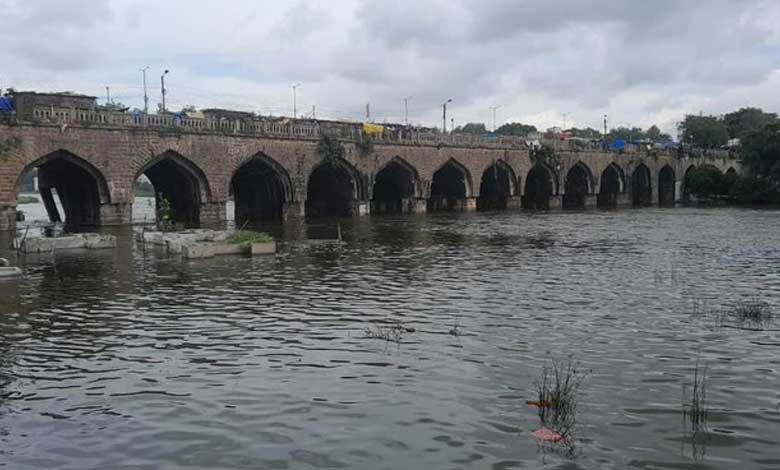Musi River Rejuvenation DPR Nears Completion, Residents & Activists Raise Concerns
Preparations are underway to finalize a Detailed Project Report (DPR) for the Musi River rejuvenation project, covering a 55-kilometer stretch within the city.

Hyderabad: Preparations are underway to finalize a Detailed Project Report (DPR) for the Musi River rejuvenation project, covering a 55-kilometer stretch within the city. The report is expected to be ready by January, even as environmentalists and local residents voice strong reservations about the initiative.
The task of drafting the DPR has been entrusted to a consortium of firms — Meinhardt, RIOS, and Cushman & Wakefield — with the support of globally reputed design houses ZHA and SOM. Once completed, the Musi Riverfront Development Corporation Limited (MRDCL) will submit the report to the State government, which plans to seek a loan of nearly ₹4,100 crore from the Asian Development Bank (ADB) to execute the works.
Also Read: GHMC Orders Closure of Meat & Slaughter Shops on Gandhi Jayanti
Last October, Chief Minister A. Revanth Reddy had announced that the consortium would be paid ₹141 crore for preparing the comprehensive DPR within 18 months. Since then, drone mapping and ground-level surveys have been in progress along the riverbanks. Surveys for 500-metre and 100-metre buffer zones have already been completed, while work on the 35-metre buffer zone is ongoing, according to MRDCL officials.
“The current DPR is being prepared for a specific 55-km segment between Narsingi and Godelli. The idea is to draft reports in phases and implement the works gradually,” a senior official explained.
Initial findings are expected to include identification of encroachments, rehabilitation of residents, riverfront beautification, and related aspects. However, opposition on the ground is intensifying. Just last week, some residents in Chaderghat refused to vacate their homes for relief camps despite heavy flooding. A GHMC official noted that families remained on rooftops and had to be supplied food and essentials through drones, fearing that leaving their houses would mean permanent eviction.
Environmental experts are equally skeptical. They argue that focusing rejuvenation efforts on only part of the river will undermine the entire project. Unless systemic issues such as sewage inflow and industrial effluents are addressed, they warn, any beautification will be superficial. They further stress that leaving upstream and downstream stretches untreated will allow pollution to flow back into the restored portions, rendering the effort ineffective.
As work on the DPR continues, the project faces a crucial test: balancing ambitious urban renewal goals with the legitimate concerns of local communities and environmentalists.
